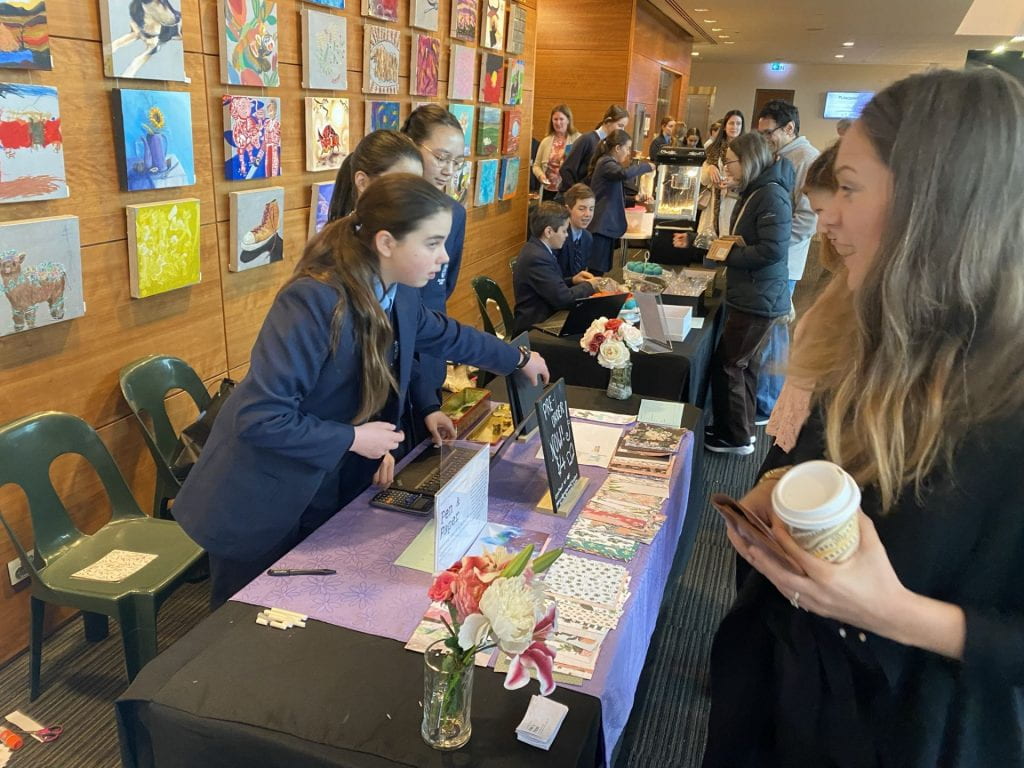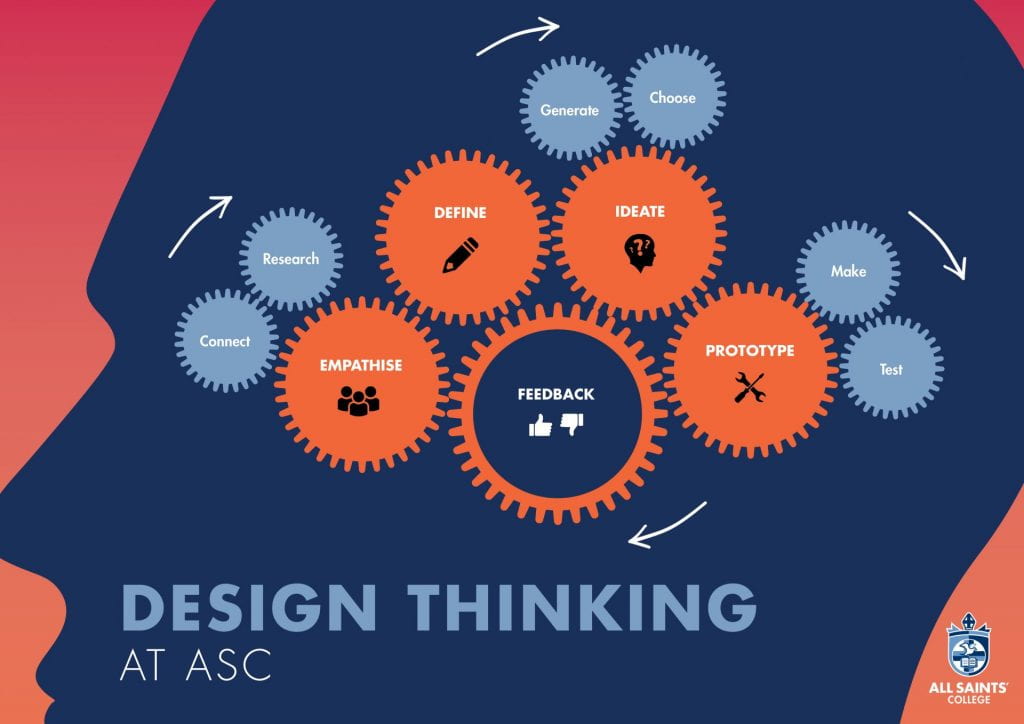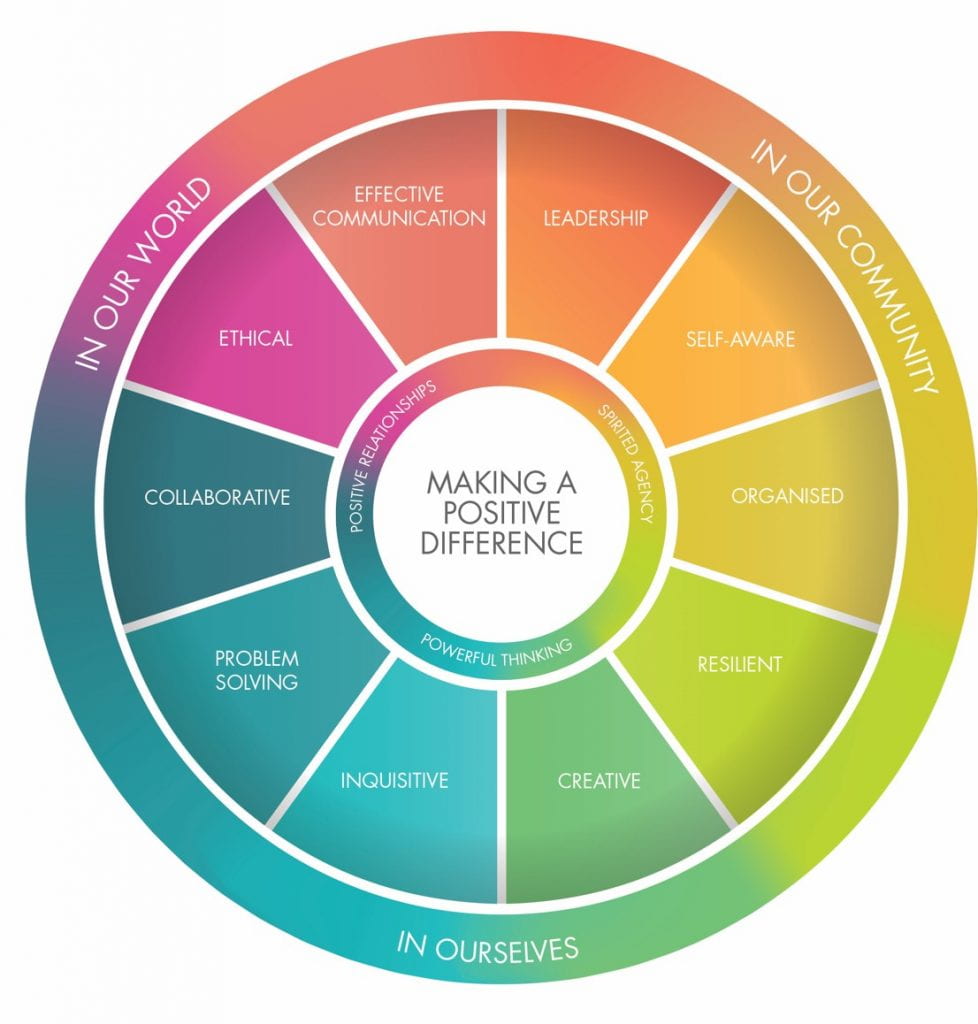
In InnovatED this semester, I worked on the $20 boss project. My group included Felicia, Madison and Emily P, and our final products were handmade notebooks, which were customised. Our business was called Pen & Paper. After completing a design sprint and multiple other activities to help us develop our capabilities and skills for the design process, we ideated, creating ideas for what our product would be. We decided on the notebooks, and got the idea approved. We chose to make notebooks as, due to the fact that, generally, customised notebooks are quite expensive, customised notebooks which were much cheaper than usually found would sell well. As we worked through the process of designing the notebooks, some aspects changed, such as the cover material and the method of binding them.
Our final product was a notebook the size of half an A4 page, bound together with thread with a hard black cover, which could be customised with a patterned paper of choice and, if desired, a word/ name written with a chosen font on the front.
At the market, we did not sell enough. This may have been because we were doing pre-orders (due to the customisation) and therefore people may have been less willing to buy it as they were unable to receive it immediately. To avoid this, we could have instead worked harder as a group with everyone helping with the production to produce more notebooks with the designs already on them for people who did not want to have it customised, and would instead be able to receive it straight away. This may also have been because of the advertising – although we did have an online presence, we did not have any pictures of the product online on the advertisements as they weren’t ready in time. Therefore, people who did see the advertisement would have been less inclined to buy the product or remember it as they had not seen the physical notebook. We could have also advertised better by putting up posters or telling more people about the notebooks in real life.
In this project, I had to rely on and develop the capabilities of problem solving, organisation, resilience, and creativity to develop the product. I used creativity to develop the product and ideate, I used problem solving when trying to come up with ideas for how to do things such as binding the books efficiently and attaching the cover, resilience when some strategies were not suitable – to find a new way to do it, and organisation – to efficiently produce parts of the notebook. I could have used the capability of effective communication more as this would have helped to involve all the group members in the production of the product to therefore produce them more efficiently.
One of the obstacles we faced was the method of binding the books – traditional book binding would take too much time, and it would be too hard to sew through many pages at once by hand. To overcome this, we came up with the strategy of binding a few pages together, then looping thread through them multiple times in creating the spine, instead of knotting them together separately. This process was successful.
The stage of the design process we did best was the prototype stage, as we produced a product with a good quality as a test. We could have worked better on the empathise stage as we needed a better understanding of what people wanted – by working harder on this stage, we could have learnt more about what people would want, and we would have created notebooks to be immediately bought instead of focusing on the customisation of the notebooks as pre-orders were not successful.
In conclusion, the $20 boss project was good for developing and learning capabilities and working on the design process, as we used it a lot, and it helped significantly with the production of the production.

